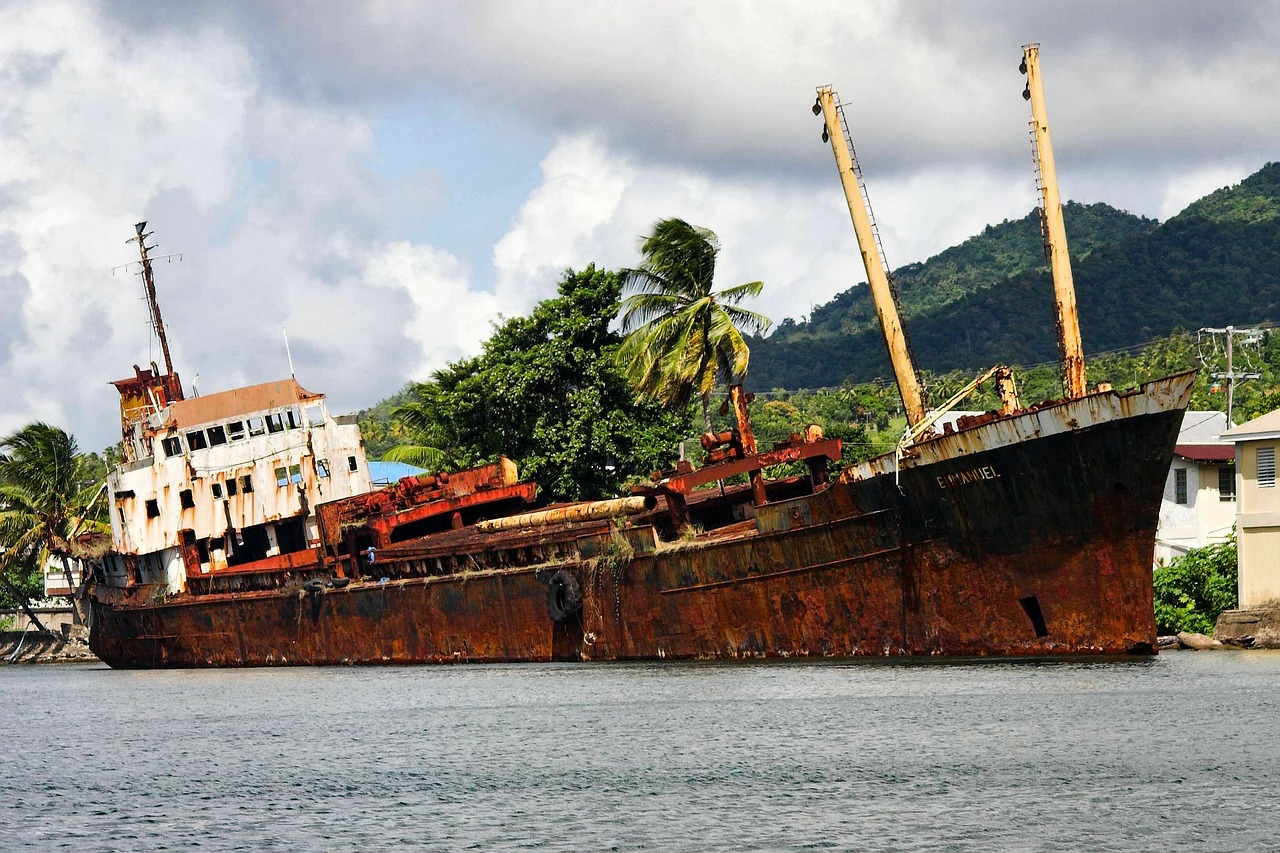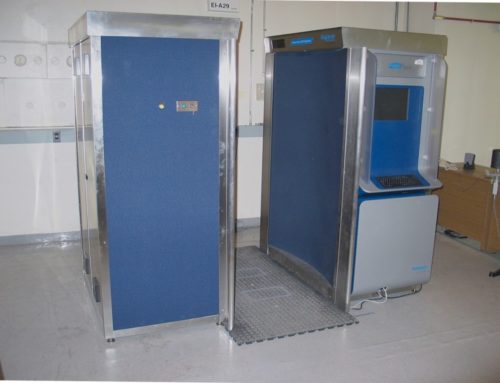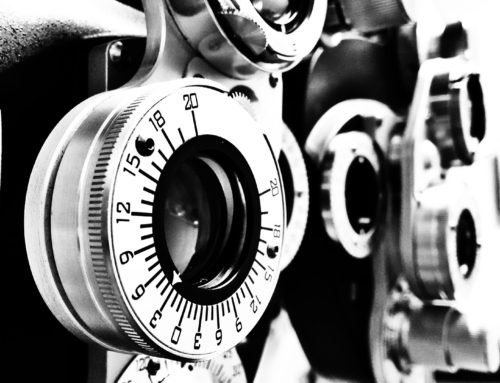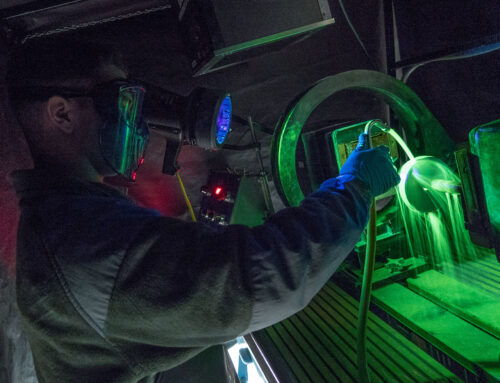Ships face significant risks from corrosion due to the high levels of salt in seawater and their prolonged exposure to saltwater. Corrosion can cost the marine industry up to eighty billion dollars per year. Corrosion gradually reduces refined metals to more stable states, breaking down metalwork, welds, cargo tanks, and other metal aspects of a ship. Steel is especially vulnerable to corrosion when exposed to seawater. However, when shipowners take measures to prevent corrosion, they can ensure that their ship will have a longer service life and reduce overall maintenance costs.
Galvanic corrosion, the most common form of corrosion, occurs when metals come in contact with one another while in saltwater or other electrolyte solutions. Stress corrosion cracking, crevice corrosion, flow-accelerated corrosion, and inter-granular corrosion can also occur on ships, depending on the conditions. Steel is a favored ship construction material for its strength, however without measures to prevent corrosion, it can lose strength and experience structural failure. Some titanium and nickel alloys, as well as stainless steel and plastics, tend to be more resistant to corrosion and should be considered in repairs and building parts.
Shipowners should follow a maintenance plan and address any early signs of corrosion, like blistering paint, rust, metal pitting, or white, powder-like substance on aluminum parts. Many different coatings and paints are effective and easily available. By applying coatings, shipowners can save a significant amount of money on maintenance over the life span of a ship. Because seawater washes up on the deck cause surface damage if not repaired quickly, ship owners should consider all possible sources of corrosion when creating a maintenance plan and think beyond outside coatings.






Leave A Comment